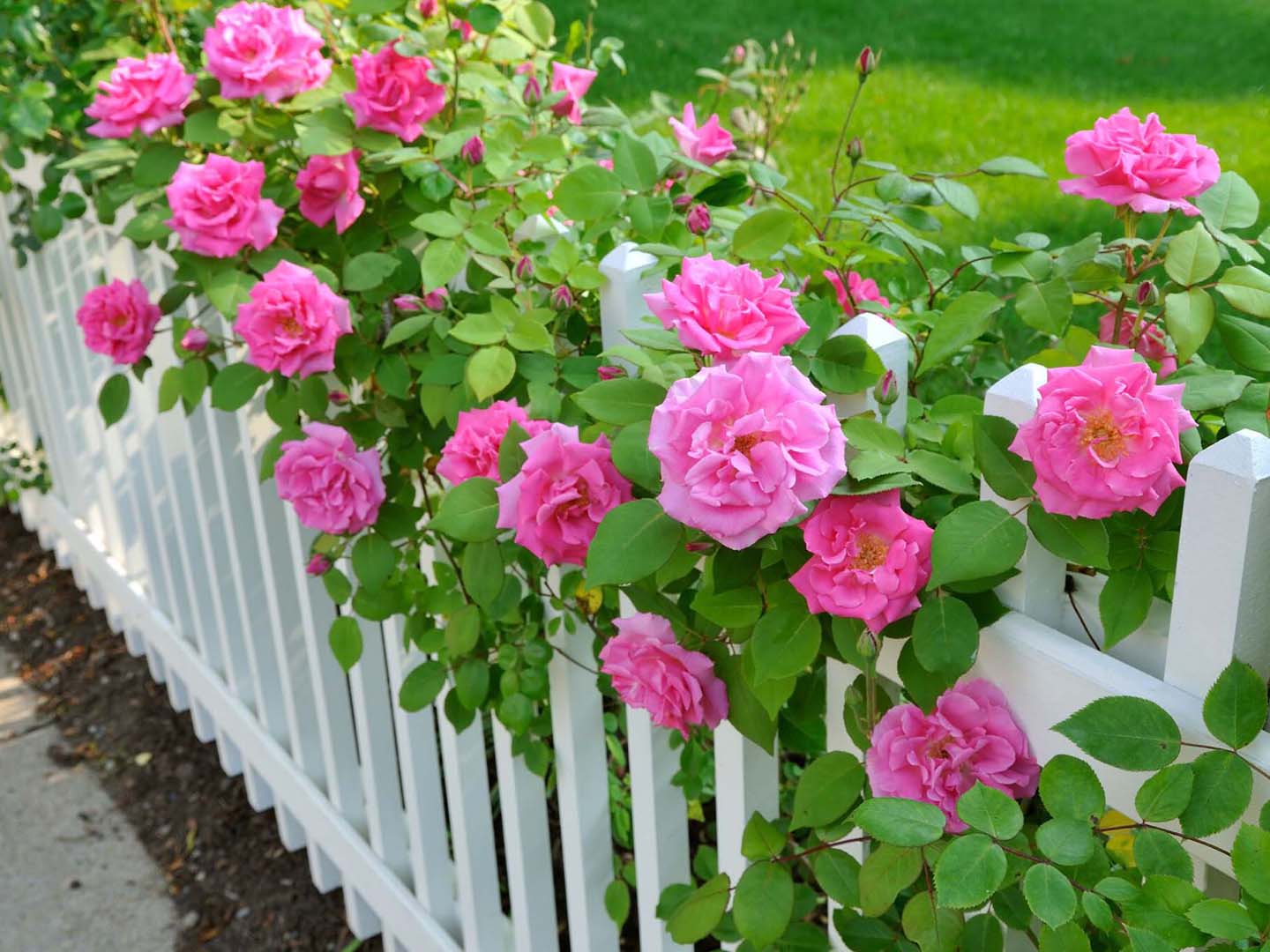Spring is the perfect time to give your fence a little attention after the harsh winter months. A few simple steps now can prevent costly repairs later and keep your fence looking and performing its best all year long. In this blog, Split Rail Fence will answer your questions about spring maintenance.
What Should I Do to Ensure a Strong Fence?
Like any other feature in your home or yard, your fence requires maintenance. You may not know, however, that ensuring a healthy fence depends largely on preventative rather than corrective care, regardless of your fence type.
What Does Preventive Fence Care Involve?
The most pertinent fence maintenance item for this time of year is to remove any broken tree limbs that may have fallen during winter snowstorms. Often, these broken limbs lodge themselves in your trees, and there’s always a chance that fresh wind will dislodge precariously hanging limbs so that their falling weight will damage your fence.
On a related note, trim back any overgrown tree branches that could potentially fall on your fence, and trim back any shrubs or ivy on the ground near your fence that could wedge themselves between rails.
Finally, clear away any twigs, leaves, seed pods, pine needles, acorns, and other debris that may have fallen on the ground close to your fence or lodged themselves within its joints and crevices. This reduces moisture and bacteria growth and helps prevent fence decay. It also preserves a clean and neat appearance.
Should I Take Extra Maintenance Precautions if I Own a Wood Fence?
Surprisingly, your maintenance checklist is largely the same for every type of fence. Most homeowners with wood fences think that they need to seal/reseal their fence to maintain its structural integrity. While many varieties of wood fences do require extra maintenance, this isn’t true of cedar.
Our popular cedar wood fence is maintenance-free in that its natural oils make it resistant to decay and attacks from insects without the use of chemical treatments. Cedar is also one of the most stable woods on the market, which means that it warps very little over time. It therefore requires no sealing or painting.
Of course, you may choose to seal, stain, or paint your fence for aesthetic purposes. In this case, we recommend linseed oil, which will definitely renew a sharp look if the fence has become weather-worn, but it actually doesn’t provide extra protection from the elements.
How Should I Handle Major Fence Damage?
While preventive fence maintenance addresses most concerns, how should you address major fence damage where pickets have fallen or broken, or an entire section of fence has been damaged? If major damage has occurred to your fence due to gusty winds or storms, it’s time to call in your original fence installer or a local fence repair expert.



